Today AMD revealed the Zen 3 CPU architecture along with the Ryzen 5000 series, with quite a big focus in single-threaded performance as they continue to fight Intel.
Jumping over the Ryzen 4000 series as expected, AMD has come out swinging as they've announced four processors in the Ryzen 5000 series. All of which will be available on November 5 so there's less than a month until you can get your hands on them.
As expected, they're going to be powerful too, with AMD claiming this being their biggest increase in IPC (instructions per cycle/clock) resulting in strong single-thread performance for those games that stick loads into a main thread. For gamers, these are going to be very competitive to Intel. AMD claimed a "19%" IPC increase compared with their previous generation of Zen. On top of that, they're claiming a big win on latency reduction between core and cache communication.
Above you can see the Ryzen 5900X, Ryzen 5800X and the Ryzen 5600X. However, they had another surprise which is their new top-end Ryzen 5950X which is something of a monster.
AMD's Mark Papermaster confirmed Ryzen 5000 is using the same 7nm node as before, however it is using a new core layout and new cache topology with design improvements "across all of the CPU components". Papermaster mentioned this new layout brings all of the cores onto "A unified 8-core complex, that accelerates core to core communication that's especially helpful to gaming workloads. That consolidation actually allows every core to directly access the 32MB of L3 cache, that dramatically accelerates workloads that are latency sensitive like gaming".
What will all that actually translate into when it comes to real-world performance? Well benchmarks will find out soon enough with the November 5 launch.
Here's the main specs sheet to make it easy for you:
| MODEL | CORES/ THREADS |
TDP (Watts) |
BOOST9/BASE FREQ. (GHz) |
TOTAL CACHE |
COOLER | SEP (USD) |
|
| AMD Ryzen 9 5950X | 16C/32T | 105W | Up to 4.9 / 3.4 | 72MB | N/A | $799 | |
| AMD Ryzen 9 5900X | 12C/24T | 105W | Up to 4.8 / 3.7 | 70MB | N/A | $549 | |
| AMD Ryzen 7 5800X | 8C/16T | 105W | Up to 4.7 / 3.8 | 36MB | N/A | $449 | |
| AMD Ryzen 5 5600X | 6C/12T | 65W | Up to 4.6 / 3.7 | 35MB | Wraith Stealth | $299 | |
When it comes to motherboard chipset compatibility, AMD explained the AMD 500 series are ready for the Ryzen 5000 series but they will need a "simple" BIOS upgrade.
You can watch the whole event right here with our embed below (or on the AMD website):
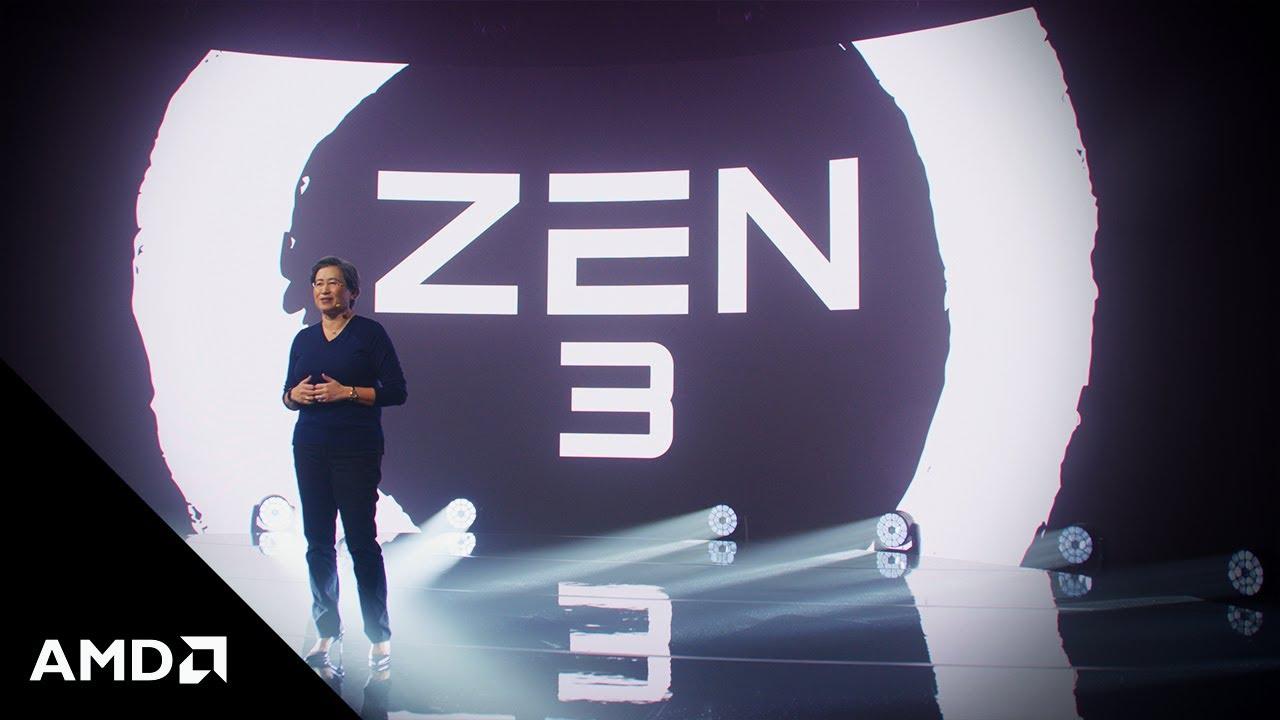
Direct Link
Looking to the future, Zen 4 was given a brief mention that it's still in the design phase and they've had multiple teams working at the same time to ensure they can keep doing new generations. Zen 4, going by the imagery shown during the event, is due before or during 2022 and that will be moving to a 5nm process.
AMD also teased out the AMD Radeon 6000 which they "affectionately call" Big Navi that seems to have stuck as a nickname now. They're saying it's the "most powerful gaming GPU we have ever built", well of course they would say that.
We will get more information for the AMD Radeon 6000 series on October 28 with their next planned event. Update: see more on the Radeon 6000 series in this later article.
To help you along a bit for those with JavaScript enabled, we've hooked up AJAX commenting and page turning in the comments so you can keep watching, comment and not have the whole page reload. Enjoy.
On the other hand, I'd need a new main board for that, which pushes the price even higher, on top of the inconvenience of having to replace what amounts to every system component, instead of just removing fan, heat sink, and CPU.
Considering the Ryzen 5000 series should really have been the 4000s before the marketing managers came in, I guess I'm simply continuing the pattern of skipping every other generation :)
for 300 you only got 6 cores now.... wtf
it only would make sense if the 6core outperforms my 8core at 16 threads load, but i highly doubt it
I have a Ryzen 7 2700 and honestly i dont see reason for upgrading now.this
Is this Socket AM5?
It's the same AM4.
Last edited by Shmerl on 9 Oct 2020 at 1:30 am UTC
If AMD’s ray tracing solution doesn’t take as much on-die space as Nvidia’s, that leaves the Radeon cards more room to cram in traditional rendering hardware—shaders, ROPs, geometry pipelines, et cetera. And if AMD can indeed load up Big Navi with more of that traditional hardware—especially now that CDNA’s arrival means AMD can jettison compute-specific extras from RDNA to focus squarely on gaming—it could indeed potentially bring a big fight to Nvidia, and perhaps even more so at the more common resolutions, where Ampere’s scaling isn’t quite as potent.
Good point which I've been bringing up in the past. AMD are less into adding ASICs and more into improving raw processing power. I consider it a better strategy than what Nvida does.
And they said in the past they expect RDNA 2 to be very competitive so this is very good news.
Last edited by Shmerl on 9 Oct 2020 at 3:00 am UTC
Last edited by Shmerl on 9 Oct 2020 at 3:04 am UTC
I'm thinking since AMD confirmed that b450/470 will support ryzen 5000, what's the reason for getting a b550/570 besides pci gen 4.0, Asus is updating and refreshing some mobos to support high memory frequency like over 4000 mhz. I see no point of buying a b550, because if I understand correctly this is the last AM4 socket cpu right?
From my own research on this - as I've been waiting on Zen 3 to upgrade my old "veteran" i5 2500k
- The 550/570 will have beefier VRMs
- The just announced CPUs will be the last supported by the 450/470 mobos, so if you are planning your upgrade path
- The 550/570 can use alle the pcie lanes that Zen3 cpus offer
The point I'm not entirely sure weather it's manufacturing specific or universal.
The way I see if - if you have a b450/470 now ( or apparently even some 370 ? ) I would stick with that and just upgrade mobo down the line if the need arrises.
If your just now buying into the the AMD architecture a 550 is the way to go, it the price difference is not that large so unless the budget is very tight the better vrm alone should be worth.
YMMV.
Also when will they be announcing big navi prices? tempted to wait before building the new "next 10 years" system :D
Last edited by Guppy on 9 Oct 2020 at 7:12 am UTC
* Except Baldur's Gate 3 and Cyberpunk think otherwise
So now Intel is the new value option? How the turntables...
well not really because all the existing ryzen processors offer better value not played a game yet that maxs out my 2600 but to each their own.
My only question now is will I be able to buy Zen3/Biggest Navi before Brexit tanks the UK economy.
You think its not dead already potentially 5 million unemployed because of covid growth weaker than anywhere in Europe whats worse is in Australia the cost of new parts has dropped by anywhere from 10 to 15 percent where as here in the Uk prices have gone up by upto 10 percent.

Hexus tested the $700 GeForce RTX 3080 in Gears 5 and Borderlands 3 using the same visual presets as AMD did with this Radeon RX 6000 preview, on AMD’s Ryzen 9 3950X. The RTX 3080 hit 59.4fps in Borderlands 3, compared to the Radeon RX 6000’s 61fps in this preview. In Gears 5, the RTX 3080 hit 77fps, compared to the Radeon RX 6000’s 73fps. The processor makes a difference, though, because in Eurogamer’s GeForce RTX 3080 review with a Core i9-10900K, Nvidia’s card hit 65fps in Borderlands, and 80fps in Gears 5. (The Call of Duty game lacks a standardized benchmark, so you can’t compare AMD’s results against other tests, as two wildly different scenes could be used.)
That seemingly puts AMD’s upcoming card neck-and-neck with Nvidia’s staggeringly powerful gaming flagship, depending on the processor it’s paired with. That’s damned impressive—but it’s important to understand what AMD didn’t reveal today, too.
https://www.pcworld.com/article/3585090/amd-radeon-rx-6000-big-navi-performance-tease-rtx-3080.html
Interesting read, thanks for that.
My only question now is will I be able to buy Zen3/Biggest Navi before Brexit tanks the UK economy.
You think its not dead already potentially 5 million unemployed because of covid growth weaker than anywhere in Europe whats worse is in Australia the cost of new parts has dropped by anywhere from 10 to 15 percent where as here in the Uk prices have gone up by upto 10 percent.
Nope. COVID is the warmup. Brexit will kick in good and proper when the borders grind to a total halt and we literally physically can't import anything
- DTX form factor motherboards with 2x PCI-E slots
- MATX/DTX mtherboards with 2 or more U.2 connectors
- GPU that is ITX size and very power efficient and/or SRV-IO capable
I don't expect to see any of this, except for maybe an ITX sized GPU. If there is one, it will probably be a region exclusive run again, like what happened with the Vega Nano (US/DE) and 5700 ITX (JPN). Both of those I had to import at inflated prices. I'm currently happy with the 5700 ITX so not really needing an upgrade for now...
But I'm always keeping an eye for quality AMD ITX form factor GPUs because those are few and far between


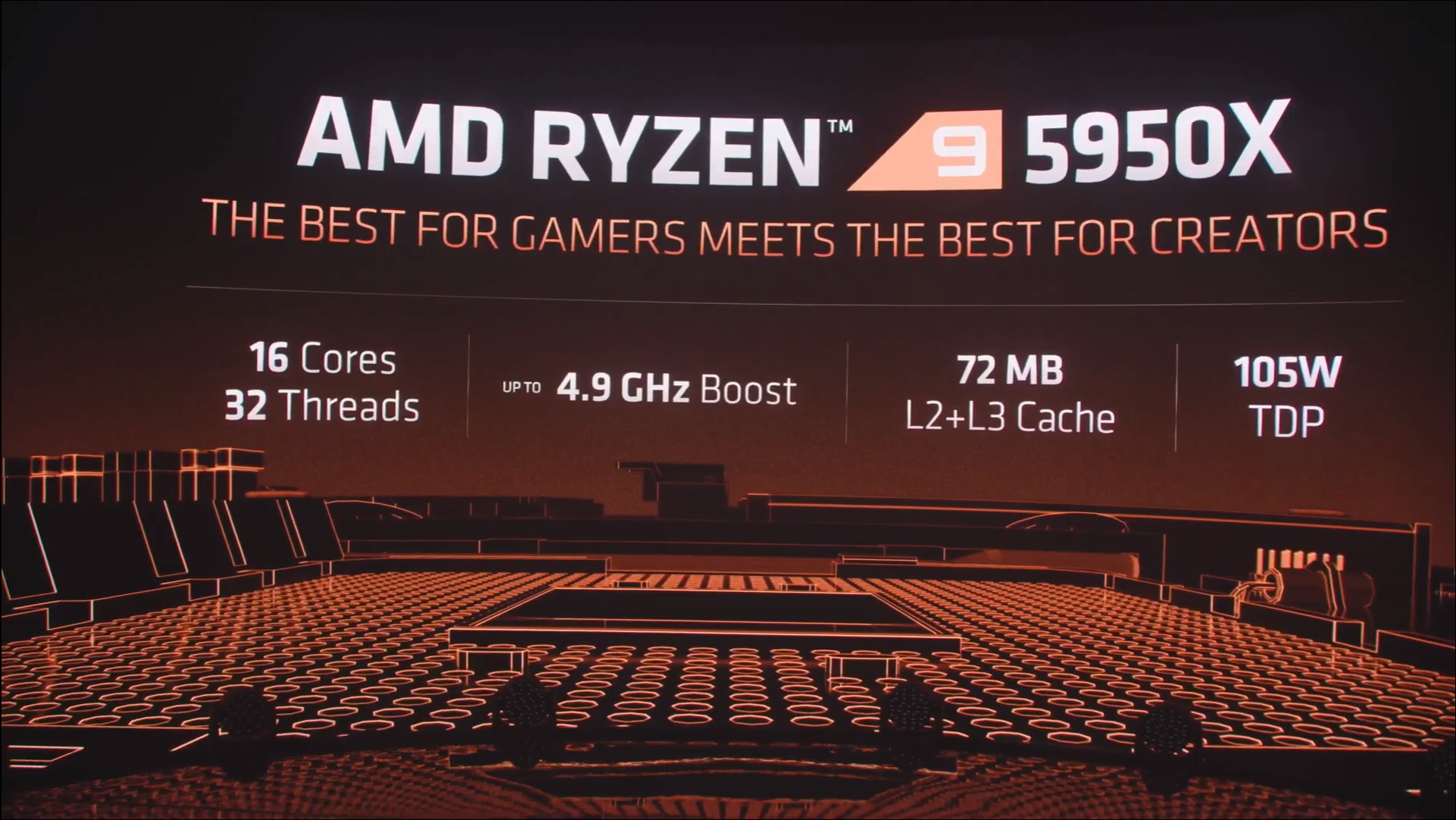

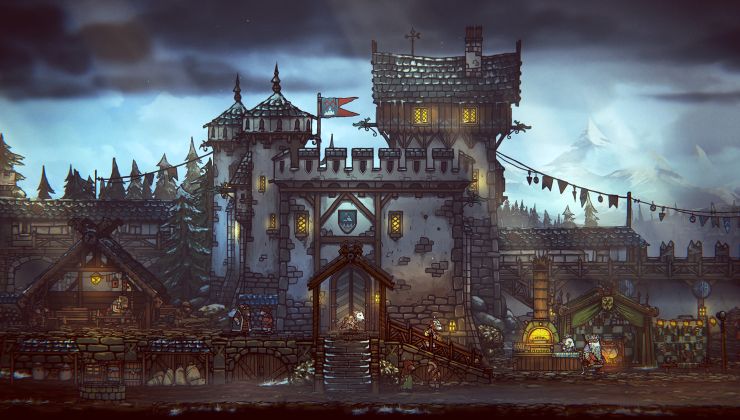
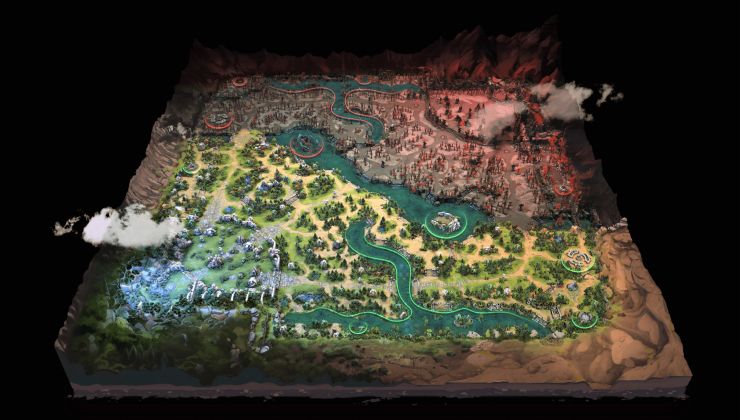

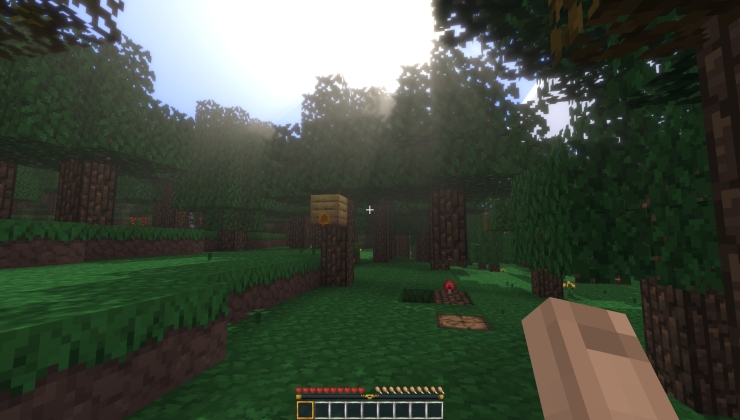









 How to set, change and reset your SteamOS / Steam Deck desktop sudo password
How to set, change and reset your SteamOS / Steam Deck desktop sudo password How to set up Decky Loader on Steam Deck / SteamOS for easy plugins
How to set up Decky Loader on Steam Deck / SteamOS for easy plugins
See more from me